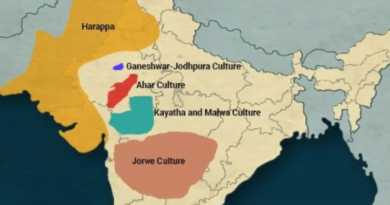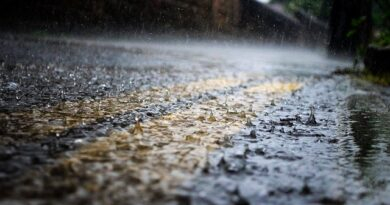Jagannath Temple
Context:
Recently, in a historic decision, the Odisha state cabinet has approved amendments to the Sri Jagannath Temple Act of 1954
About Jagannath Temple:
- The Jagannath Temple is an important Hindu temple dedicated to Jagannath, a form of Sri Krishna in Puri in the state of Odisha on the eastern coast of India.
- The present temple was rebuilt from the 10th century onwards, on the site of an earlier temple, and begun by Anantavarman Chodaganga Deva, the first king of the Eastern Ganga dynasty.
- The Puri temple is famous for its annual Ratha Yatra, or chariot festival, in which the three principal deities are pulled on huge and elaborately decorated temple cars.
- Unlike the stone and metal icons found in most Hindu temples, the image of Jagannath (which gave its name to the English term ‘juggernaut’) is made of wood and is ceremoniously replaced every twelve or 19 years by an exact replica.
- It is one of the Char Dham pilgrimage sites.
- This temple was called the “White Pagoda” and is a part of Char Dham pilgrimages (Badrinath, Dwaraka, Puri, Rameswaram).
- There are four gates to the temple- Eastern ‘Singhdwara’ which is the main gate with two crouching lions, Southern ‘Ashwadwara’, Western ‘Vyaghra Dwara and Northern ‘Hastidwara’. There is a carving of each form at each gate.
- The Nilachakra – Or the Blue wheel perched on top of the temple is made of eight metals or asta dhatu
- In front of the entrance stands the Aruna stambha or sun pillar, which was originally at the Sun Temple in Konark.
- Festival:
- The temple is sacred to all Hindus, and especially in those of the Vaishnava traditions. Many great Vaishnava saints, such as Ramanujacharya, Madhvacharya, Nimbarkacharya, Vallabhacharya and Ramananda were closely associated with the temple.
- Ramanuja established the Emar Mutt near the temple and Adi Shankaracharya established the Govardhan Math, which is the seat of one of the four Shankaracharyas.
Architecture of Jagannath Temple
- With its sculptural richness and fluidity of the Oriya style of temple architecture, it is one of the most magnificent monuments of India.
- The huge temple complex covers an area of over 400,000 square feet and is surrounded by a high fortified wall.
- This 20 feet high wall is known as Meghanada Pacheri.
- Another wall known as kurma bedha surrounds the main temple.
The temple has four distinct sectional structures, namely:
- Deula, Vimana or Garba griha (Sanctum sanctorum) where the triad deities are lodged on the ratnavedi (Throne of Pearls). In Rekha Deula style;
- Mukhashala (Frontal porch);
- Nata mandir/Natamandapa, which is also known as the Jagamohan (Audience Hall/Dancing Hall), and
- Bhoga Mandapa (Offerings Hall)
Jagannath Temple Act, 1954
- After India gained Independence, the state of Odisha formally introduced the Jagannath Temple Act in the year 1952.
- The Act contains provision on land rights of the temple, duties of the sevayat, administrative powers of the Shri Jagannath Temple Managing Committee, rights and privileges of the Raja of Puri and other persons connected with the management and administration of the temple.
Recent Amendments:
- The power will now be delegated to temple administration and concerned officials for sale and lease of land in the name of Jagannath temple.
- Unlike earlier, no approval will be required from the state government for the process.
- The Section 16 (2) of the act states that no immovable property taken possession of by the temple committee shall be leased out, mortgaged, sold or otherwise alienated except with the previous sanction of the State Governmen
Other Popular Monuments of Odisha
- Konark Sun Temple (UNESCO World Heritage Site)
- Lingaraja Temple
- Tara Tarini Temple
- Udaygiri and Khandagiri Caves
Source: Indian Express




